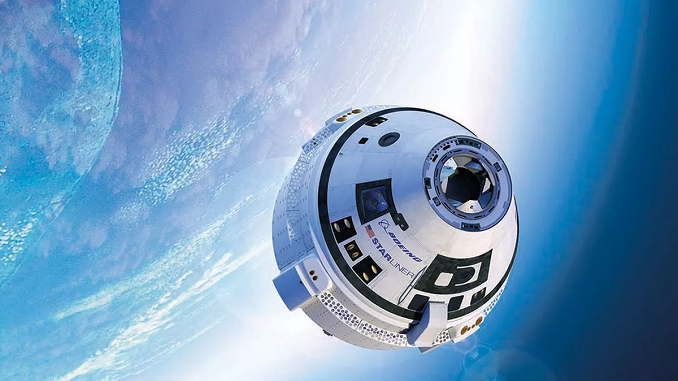
For observers of the evolution of spaceflight, this week brought with it mixed news. Boeing’s CST-100 Starliner launched into orbit with a plan to dock with the International Space Station — but that plan was scuttled due to a clock error placing the vessel into the wrong orbit.
The Starliner is designed to be an alternative to the Soyuz capsules, which currently have a monopoly in that sphere, Reuters reports.
While that part of the mission didn’t go according to plan, the saga of this particular Starliner launch did come to a satisfying conclusion earlier today: it landed in New Mexico this morning. This particular Starliner had no humans aboard. At The New York Times, Kenneth Chang referred to it as a “safe and seemingly flawless return.”
The article quotes NASA administrator Jim Bridenstine as offering mixed signals regarding the mission’s success. “This did not go according to plan in every way we would have hoped,” he said. “But it is also true that we got a lot of really good information so that we can keep making meaningful progress.”
Chang reports that the clock issues that affected the mission could add more delays to the Starliner project, which is currently over two years behind schedule. The next test flight will occur in less than a year; the plan is for this one to be crewed. However, the Times article notes that a final decision on that will depend on the data from this mission.
The evolution of space flight is never easy, and the ups and downs of this particular mission demonstrate that better than most. The next test of a new space vessel is set for early 2020, involving SpaceX’s Crew Dragon capsule.

Be the first to comment